All explainers
Explainer
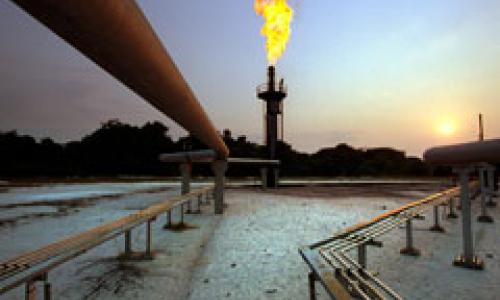
How is Energy Measured?
Understand the basic terminology for how energy is measured in this quick primer from the Union of Concerned Scientists.
Explainer
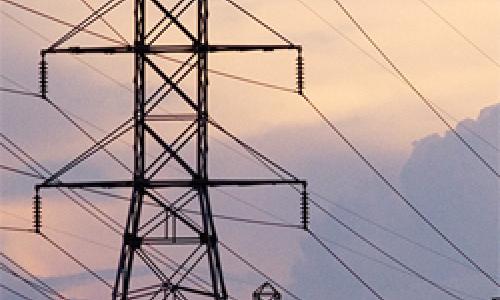
How is Electricity Measured?
Learn the basic terminology for how electricity is measured in this quick primer from the Union of Concerned Scientists.
Explainer
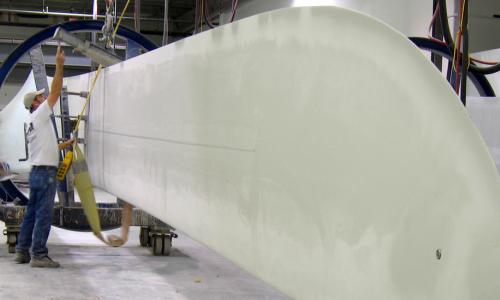
How Wind Energy Works
Harnessing the wind is one of the cleanest, most sustainable ways to generate electricity.
Explainer
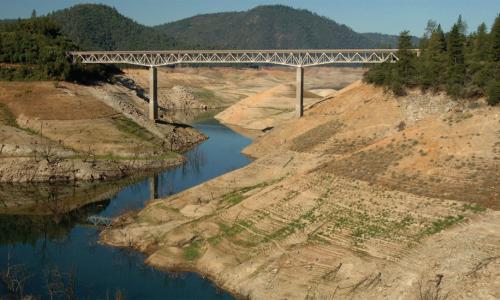
Preparing for Climate Change Impacts in California
The effects of climate change are apparent throughout California, including higher temperatures, more extreme wildfires, and rising sea levels. Communities must prepare for them.
Explainer

Global Warming Skeptic Organizations
A list of prominent global warming skeptic organizations, including examples of their disinformation efforts and funding sources from the fossil fuel industry.
Explainer
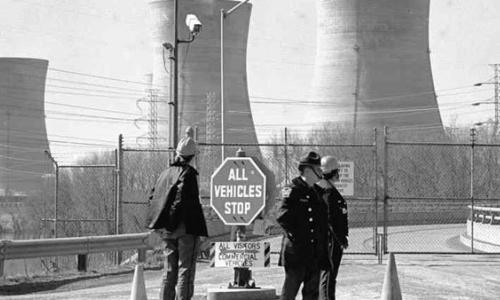
A Brief History of Nuclear Accidents Worldwide
Serious accidents at nuclear power plants have been uncommon—but their stories teach us the importance of nuclear safety.
Explainer

The Elusive Permanent Repository
Waste accumulates at U.S. nuclear power plants as the process of choosing a site for a geological repository has stalled.
Explainer

The Nuclear Regulatory Commission
The NRC. What do they do, how do they work, and how effective are they?
Explainer
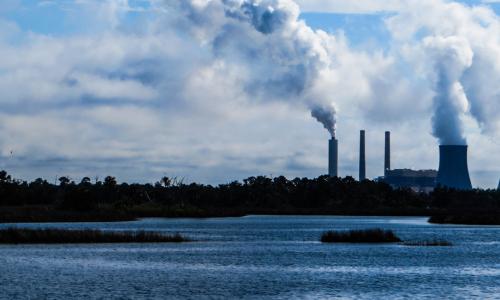
Water for Nuclear
The nuclear power cycle uses water in three major ways: extracting and processing uranium fuel, producing electricity, and controlling wastes and risks.
Explainer
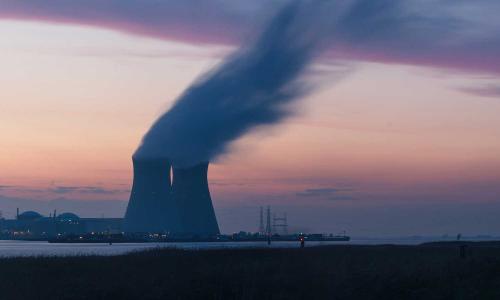
Water for Power Plant Cooling
In the United States, 90 percent of electricity comes from conventional thermoelectric power plants – coal, nuclear, natural gas and oil – that require cooling.
Explainer

Water for Natural Gas
Producing electricity from natural gas has implications for our water resources.
Explainer
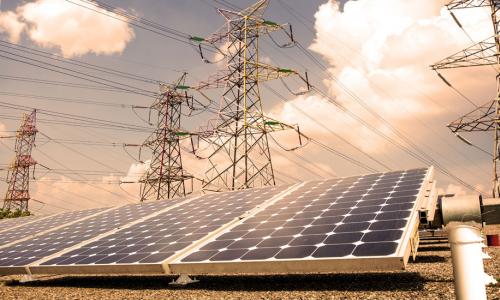
The Renewable Electricity Standard
A primer on a national renewable electricity standard, including its mechanisms and the benefits that it can provide.